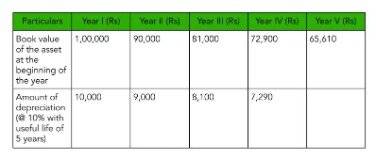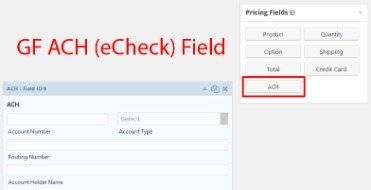
Financial statements summarize these transaction amounts for a given time period. Job costing is a method for allocating expenses and revenue to each specific job. Not only will this help you prepare for tax time, but it provides an accurate accounting of profitability for each contract. Consider the cost of insurance, travel, workers’ compensation, materials, subcontractors, equipment, and more.
- Account numbers can be three or four digits long and may include added numbers signifying divisions, depending on how the company is organized.
- The number of accounts listed in your chart of accounts will correlate with your company’s size.
- Know that Projects is only available in QuickBooks Online Plus, Advanced and Accountant.
- To simplify this, the balance sheet is your high-level view of finances from year to year.
- The chart in Quickbooks Online gives you a detailed list of all the financial accounts in a company’s general ledger (GL).
What’s more, accounting for construction company finances has some unique challenges compared to other types of businesses. I set my chart of accounts up incorrectly, so my balances are off ( even so, I have been entering estimates, transactions, invoices, payments, etc. for the passed year). I have asked my accountant several times to assist me with correcting my error but they will not help and have told me to learn how to use this application. My GST reports are overdue, my year end has passed and my financials are due, and I need to file my income tax by the end of the month.
Managerial Accounting
I am reviewing a schedule of value for a project that does not have a % of the project total assigned to project closeout. I have heard the industry standard is 10% of the overall project is given to project closeout. Liability accounts include warranty reserves to account for any future warranty claims. While every chart is different, there are some basic categories that most companies will want to include. Make sure that each description provides enough information so that a new person on a job could dive in and easily make themselves familiar with your system. It’s important to stay on top of your liabilities to ensure that your company can meet its short-term obligations and have sufficient working capital or access to funds.
In practice, this means you won’t record any expenses or revenues as the project progresses, even if you buy materials or receive compensation from the project owner. Expenses are the costs incurred in the process of running and managing your business. This includes operating costs, payroll, overhead, supplies, materials, fuel, taxes, repairs, advertising, insurance, depreciation, and rent. Liabilities include accounts payable, contracts parable, bonds, mortgages, notes payable, and any other debts. Liabilities are any legal responsibility you hold to pay debts or fulfill contractual obligations; loans, deferred revenues, or other accrued expenses.
How to build the chart of accounts for a construction company
To simplify this, the balance sheet is your high-level view of finances from year to year. Underneath the balance sheet falls the income statement which depicts a specific period of time–the month of May, for example. For more information on chart of accounts and how to create one for your construction company, you can refer to our comprehensive chart of accounts guide. Another aspect of flexibility is the ability to add new accounts or modify existing ones as your business needs change. A well-designed chart of accounts should allow for customization and expansion without disrupting the overall structure. This can be achieved by using a chart of accounts template that provides a foundation for customization while maintaining consistency.
Each one presents a different set of data, with the full set of statements painting a complete picture of a company’s financial health. The two most common methods for tracking expenses and revenue are cash-basis accounting and accrual-basis accounting. Bookkeepers need to enter all expenses for each project, typically ensuring each entry is correctly coded so that it is accurately categorized and allocated to the right project. Construction accountants also help companies comply with revenue recognition methods used in the industry. Because of the construction industry’s unique accounting requirements, construction accounting is a specialized skill. In the construction industry, liabilities will often include accrued labor costs, accounts payable owed for materials, and customer deposits.
Key Components
Operating expenses in the construction industry include rent, wages, utilities, administration expenses, maintenance, and repairs, among others. Keeping track of all the money moving in and out of your construction business can be challenging. What if you had to quickly find out the dollar amount on an invoice that was issued a year ago? You might have to rummage through a pile of paperwork, going through orders one by one for hours. What if you had to report on all accounts payable within the two months that followed – but suddenly realized that some documents are missing? Specialist accountants or chief financial officers have a deep understanding of the nature of construction accounting.

Payroll is one of the most significant expenses that affect cash flow for any construction business. With a large workforce and multiple projects, managing payroll can become time-consuming and how to adjust accounting records with accruals and deferrals stressful. Chart of accounts helps to stay on top of payroll, reducing time to pay your laborers. As you start to build your COA, consider using the following standard accounts and expenses.
QuickBooks, QB, TurboTax, Proconnect and Mint are registered
Examples include vehicle expenses for your workers, cell phones, uniforms, etc. The best bet is to start with a fairly standard chart, add accounts you know you want to track that are specific for your company, and then wait a couple of months and reevaluate. If there are expenses that aren’t getting categorized correctly, look at redefining or renaming accounts to make them clearer.
